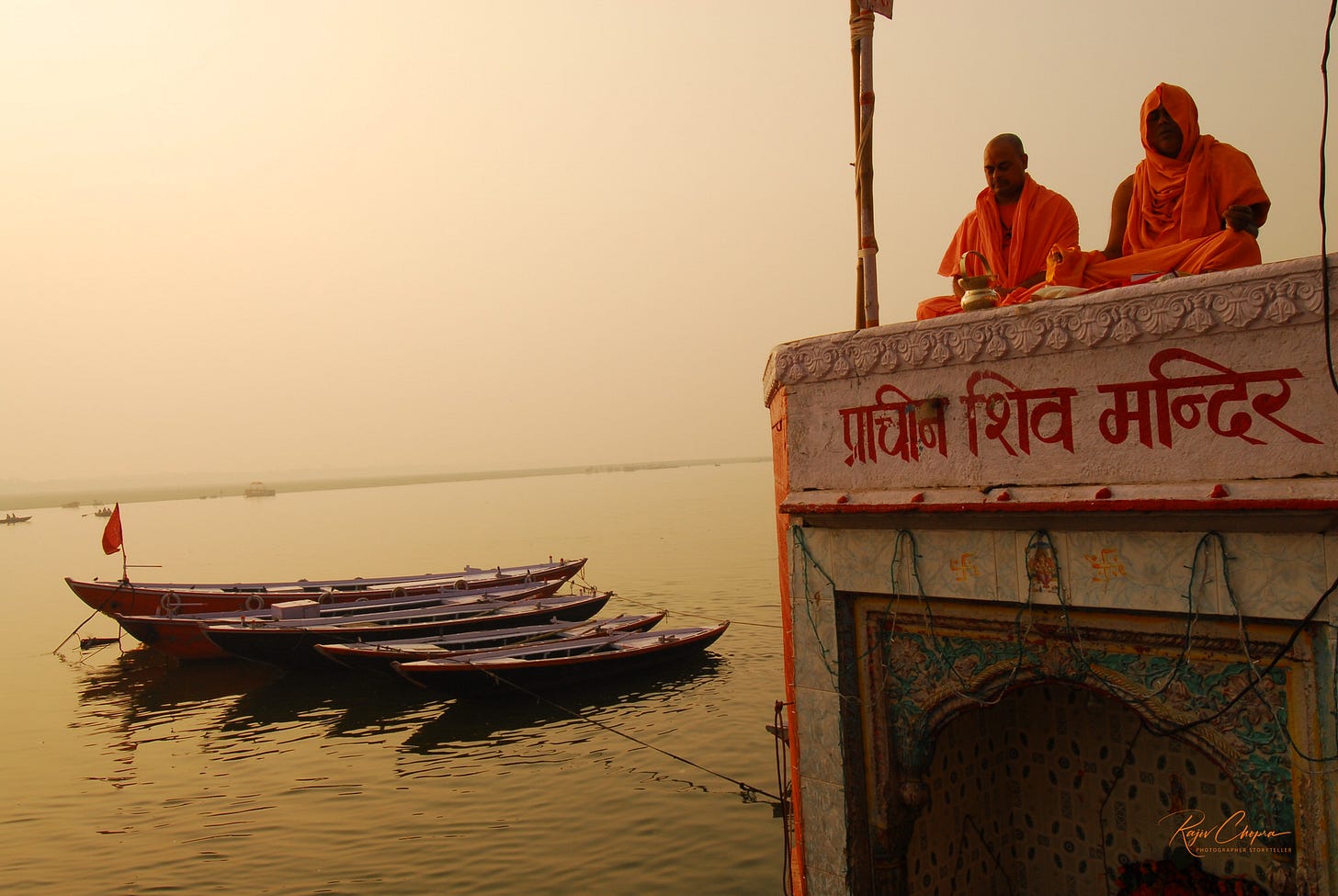Benares is old and sacred. You will never forget its magic.
Benares is sacred to Hindus and Buddhists
It’s been a long time since I was in Benares
I haven’t been back to Benares in a long time. In the meantime, Narendra Modi has constructed a few facilities near the ghats, cleared the road to the Kashi Vishwanath Temple (after demolishing several temples), and inaugurated a few luxurious boat cruises.
It was the early, heady days of Modi when I last trave…
Keep reading with a 7-day free trial
Subscribe to Tramping in India to keep reading this post and get 7 days of free access to the full post archives.



